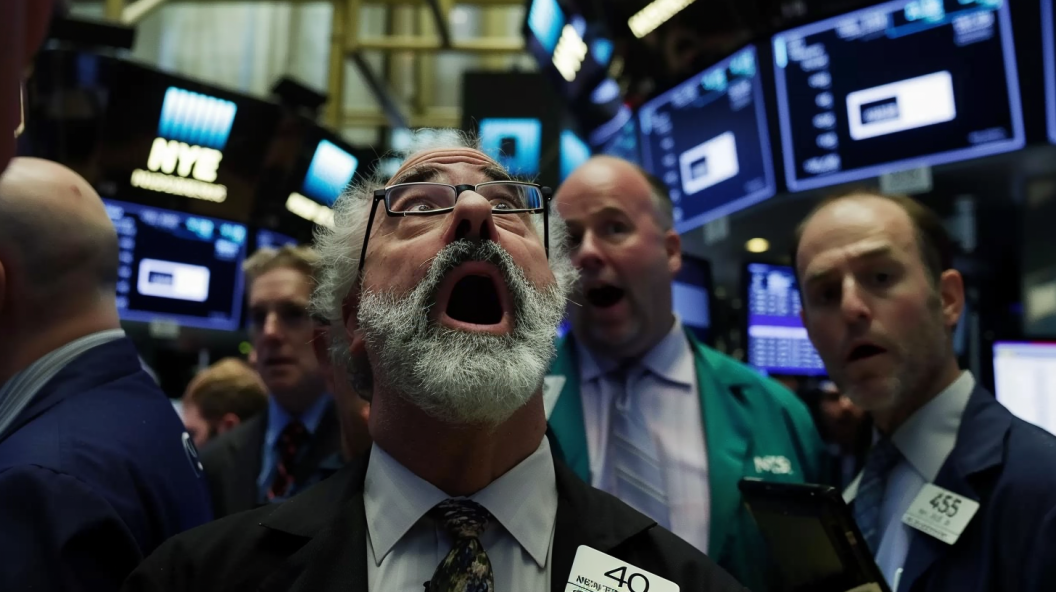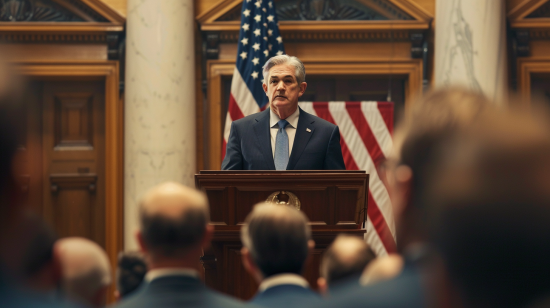| Key Points: – Wall Street’s main indexes rose after August producer price data reinforced expectations of a 25-basis point rate cut. – Moderna shares tumbled following a weak revenue forecast, while communication services led sector gains. – Gold miners surged, benefiting from record-high gold prices. |
Wall Street’s major indexes climbed Thursday, buoyed by producer price index (PPI) data that met expectations, pointing to a smaller interest rate cut by the Federal Reserve. The PPI for August showed a 0.2% increase, slightly higher than the anticipated 0.1%, while core prices (excluding volatile food and energy) rose 0.3%, indicating that inflation pressures are continuing to ease but remain a concern. This data has solidified investor expectations of a 25-basis point rate cut at the Fed’s September 17-18 meeting, as opposed to a more aggressive 50-basis point cut.
The stock market responded positively, with the Dow Jones Industrial Average up 0.40%, the S&P 500 gaining 0.70%, and the Nasdaq Composite rising 1.04%. The report also showed initial claims for unemployment benefits at 230,000, aligning with estimates and signaling that the labor market is cooling but remains stable.
Investors remain optimistic despite concerns over inflation, with some bargain hunting occurring in the more economically sensitive small-cap Russell 2000 index, which outperformed with a 1.4% rise. According to Chuck Carlson, CEO of Horizon Investment Services, “There’s a willingness among investors to buy on declines,” highlighting growing confidence in a more controlled inflation environment.
However, Moderna faced significant losses, dropping over 11.5% after issuing a disappointing revenue forecast for fiscal year 2025, citing a lower-than-expected demand for vaccines. This dragged down the healthcare sector, although the rest of the market showed strength in communication services and gold mining stocks. Shares of Warner Bros. Discovery surged nearly 9% following news of a strategic partnership with Charter Communications, further boosting investor sentiment in the media and communications space.
The gold mining sector was another bright spot in the market, with spot gold prices reaching new highs, driving up the Arca Gold BUGS index by 6.3%. Investors flocked to gold as a safe-haven asset amid global economic uncertainties, propelling mining stocks like Newmont Corporation and Barrick Gold.

The backdrop of cooling inflation is encouraging for investors who anticipate that the Fed will begin a more dovish monetary policy cycle. A quarter-point rate cut would mark the first reduction since March 2020, when the pandemic triggered rapid monetary easing. With the U.S. central bank likely to cut rates next week, expectations for further rate reductions in 2024 are growing, depending on how inflation and labor market data evolve.
Looking ahead, investors will continue to monitor economic indicators closely, especially as concerns about the health of the U.S. economy persist. While inflation appears to be retreating, the possibility of a broader economic slowdown could influence market sentiment in the coming months. For now, the stock market is riding high on the belief that the Federal Reserve’s actions will continue to support growth while taming inflation.













